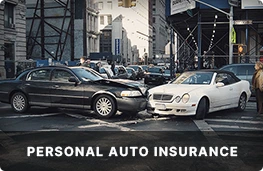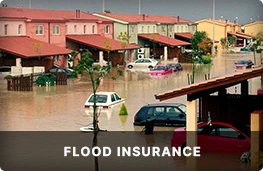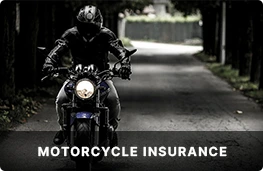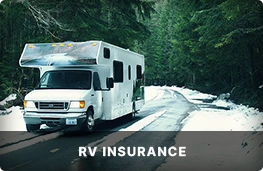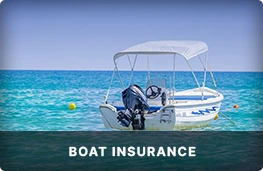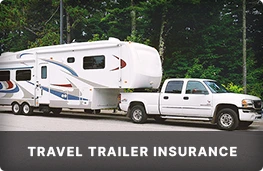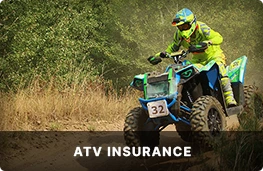Call Us: (832) 426-4203 | (832) 426-4206
Planning a RV road trip? Here are some safety tips
If your next vacation is a road trip, then be prepared: Your car is about to become a mobile family room. Childproof it accordingly. This will probably take some time, so start a few days before your trip. Here's how:
1. Go for a tune-up. For smooth sailing (and overall sanity), make sure your car is in good working order. The National Highway Traffic Safety Administration (NHTSA) recommends that you have your tires, battery, belts, fluids, and air conditioner checked by a qualified mechanic. If you're driving in a hot climate or towing a boat or trailer, you may need a motor oil with a higher viscosity.
RELATED: 8 Fun Car Game Ideas
2. Get a good night's sleep. According to the NHTSA, driving while drowsy is a contributing factor in 100,000 accidents annually. Drive only when well rested, and switch off with another adult every few hours, if possible.
3. Give your car seat or booster seat a boost. Not sure if your car seats or booster seats are installed 100 percent correctly? Eight out of 10 aren't, putting children at serious risk for injury or death. Call 866-SEAT-CHECK to find a nearby location for a free safety seat inspection.
4. Gear up for safety. The NHTSA recommends packing an emergency kit that includes:
Water
Warm blankets
A flashlight
Jumper cables
Flares
Tools to change a tire
A fully charged cell phone
A first-aid kit
It's also wise to subscribe to a roadside assistance plan—just make sure you know where to call in an emergency and what kind of assistance your policy includes. Or get OnStar, which offers Roadside Assistance and Emergency Services as well as gives you access to a live Advisor on the other end of the line to help.
5. Be sun smart. Equip all family members with sunblock and sunglasses—you may even want to pop hats on your little one's heads and invest in a sunshade for your backseat. When you leave the car, cover safety seats with blankets so they don't get too hot and burn a baby's tender skin, and do a touch test before letting pint-size passengers pile in. Never, ever leave kids alone in the car. With the outside temperature at just 80 degrees, the interior of a parked car can reach deadly temperatures in just seconds.
6. Scour the backseat. Make sure child safety locks are activated on windows and doors within reach of curious hands. You'll also need to remove any poisonous substances, such as washer fluid, from your backseat. Next, look around for choking hazards—knobs that pop off easily, loose change between the seat cushions—and remove potential projectiles (hard books, toys, etc.). When your vehicle is traveling at 40 miles an hour, so is everything else in it. Stop suddenly or get in a crash and anything that's not strapped down will keep moving until it hits something, like you or your child, points out Carole Guzzetta, director of the National Safety Council's Occupant Protection Program in Washington, D.C.
7. Keep the weight down. Store heavy items low in the seat wells so they won't become projectiles during a sudden stop. For the same reason, suitcases, strollers, and anything else stowed in an open cargo area should be battened down.
8. Adjust your posture. Make a conscious effort to sit up straight, because slouching can make you drowsy. "People often sit too far away from the steering wheel and pedals," says Ben Collins, a former NASCAR and stunt driver and author of How to Drive. "Your legs should be bent so you can exert strong pressure on the brake pedal, and your elbows need to be slightly bent so that you can use all your strength to turn the wheel if necessary."
9. Break up the trip. Every two hours, switch drivers or take a quick pit stop. Drinking water will also help keep you more alert, and force you to take bathroom breaks.
RELATED: How to Avoid Hearing "Are We There Yet?" on Road Trips
10. Look away from lights. Thanks to bright headlights of oncoming cars, you can be "blinded by the light," as the old song goes. The eyeball has two types of receptors, and the ones working at night are extremely sensitive, says Collins. "Avert your gaze to the lower right shoulder of the road. Your peripheral vision will allow you to continue driving in the correct direction."
11. Take the long view. "Most drivers don't look far enough down the road to see dangers coming," says Collins. "In dense traffic, you need to look at least ten cars ahead. In faster-flowing traffic, reduce that length to five."
12. Ignore phone calls. Even if you're hands-free, talking on the phone is dangerous. The region of the brain that processes moving images decreases its activity by up to one third when you're listening to the other side of the line. Talking on the phone and driving at the same time is like talking on the phone and watching TV—you're going to miss something on one end or the other.
Comments
By accepting you will be accessing a service provided by a third-party external to https://www.affordablequalityinsurance.net/


